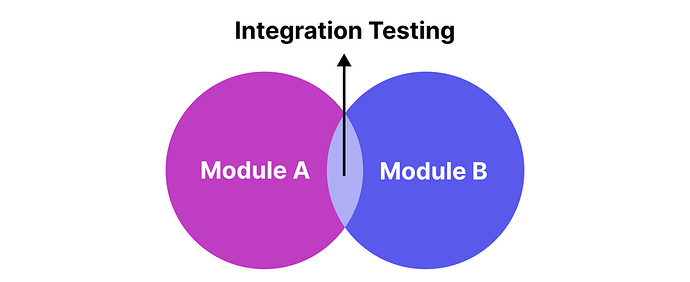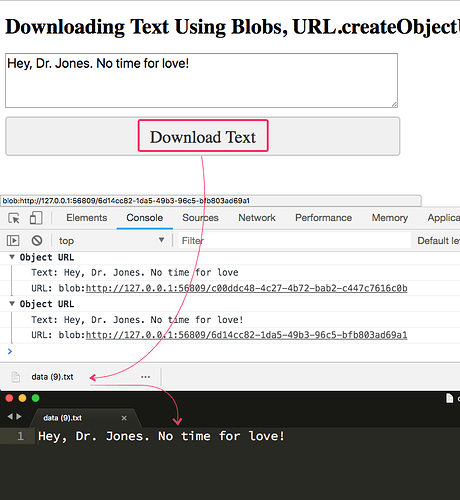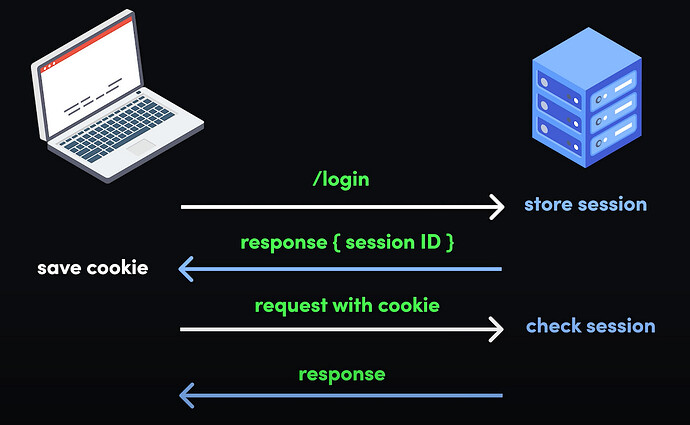Day 3: Unit Testing
As a developer, there’s a special thrill when my code works perfectly, but that excitement can quickly turn to frustration when the QA team tries the most basic tests, which always seem to have slipped my mind. That’s where the importance of thorough testing comes in. Today, I want to dive into one of the fundamental aspects of software testing: unit testing.
Unit testing is a software testing technique that focuses on verifying the individual components or “units” of a software product. These units could be functions, methods, procedures, or even entire objects. In this type of testing, developers (and sometimes QA staff) write tests for these individual pieces of code during the development process.
The main goal of unit testing is to ensure that each unit of code behaves as expected and meets the defined requirements. By isolating specific parts of the software, unit tests allow you to verify that each component is functioning correctly before moving forward. This makes it easier to identify bugs early in the process, reducing the risk of issues later in development or after release.
When code is unit tested, we can confidently confirm that each small piece works as intended, setting the foundation for a solid overall system. And when bugs or errors do appear, they’re easier to trace back to the exact part of the code that’s causing the issue.
Because of the significance of testing, some schools of thought have even encouraged test-driven development, aka TDD, where developers are required to write their unit tests before writing the actual code. TDD forces you to think about the desired behavior of your code upfront, leading to better design choices.
Regardless of one’s support for TDD or not, the unit testing phase must be thoroughly performed, to avoid further errors and trace bugs easily. One cool thing about unit testing is the ability to automate it, making testing never easier. One of the best features of unit testing is the ability to automate it. Once you’ve written your tests, you can set up an automated testing process that runs your unit tests each time you make changes to your code. This is where Continuous Integration (CI) comes in. CI tools can automatically execute unit tests every time new code is pushed to the repository. This ensures that any changes don’t break the existing functionality, giving developers immediate feedback and helping catch issues early!
100daysofcode lebanon-mug







